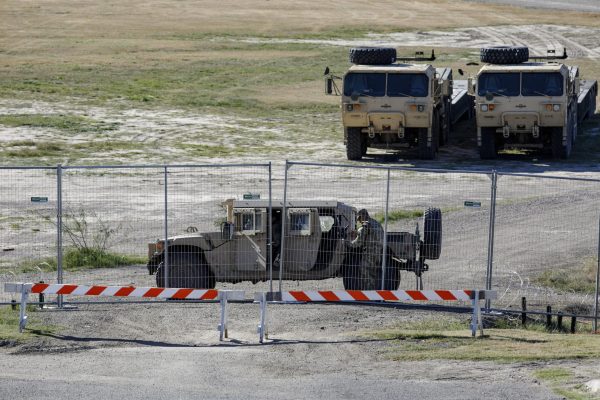Escape from Davao
On Nov. 10, Tarleton State University welcomed author and filmmaker John Lukacs to screen his documentary, “4-4-43,” based on the military exploits of the late Lieutenant Colonel William Edwin Dyess.
November 21, 2014
On Nov. 10, Tarleton State University welcomed author and filmmaker John Lukacs to screen his documentary, “4-4-43,” based on the military exploits of the late Lieutenant Colonel William Edwin Dyess. Dyess and a group of nine others escaped a Japanese prisoner of war camp in 1943 at the height of World War II, the only recorded large-scale escape of allied prisoners of war during the entire conflict.
When most Americans think back on the United States conflict with the Japanese during World War II, undoubtedly the 1941 attack on Pearl Harbor comes to mind. However, Dec. 7, 1941, while kamikaze pilots were leading an aerial assault on the US Navy base in Hawaii, the Japanese were also launching an attack on the Philippines, bombing the open city (a city that is declared to be undefended and is exempt from enemy attack by international law) of Manila, and forcing American and Filipino forces to relocate to the Bataan peninsula to fight the incoming Japanese invaders.
“This was the biggest story of the war,” said Lukacs, “and not many people knew about it because the government wanted to keep it under wraps, for fear of not knowing how the Japanese would react.”
A group of United States soldiers, under the command of General Douglas MacArthur, was sent to help fight the Japanese, eventually holding them to a three-month standstill. Among these soldiers was Tarleton alumni William Edwin Dyess, class of 1936. Dyess was from the small town of Albany, Texas when he came to John Tarleton Agricultural College in 1934. When he enlisted with the Army, he was sent to Randolph Fields in San Antonio, Texas to begin his flight training. He was soon commissioned as a second lieutenant in the United States Army Air Corps, and not long after, promoted to captain and placed in command of the 21st Pursuit Squadron (which later became the 24th Pursuit Group) leading his squadron to Nichols Field, Manila, Philippines, in November of 1941.
Soon after the attack on the open city of Manila, Dyess and his men, along with countless other American and Filipino soldiers, were taken as prisoners of war by Japanese invaders and marched from Manila to Camp O’Donnell in Campas, Tarlac, the Philippines, a journey that cost the lives of hundreds of American soldiers and thousands of Filipino soldiers. The event came to be known as the Bataan Death March.
During their four-month imprisonment at Camp O’Donnell, Dyess and his men were beaten, starved and deprived of sleep. After being transported by ship to the Davao Penal Colony on Nov. 7, 1942, Dyess, along with nine other prisoners including Major Jack Hawkins from Ft. Worth, Texas, began planning their escape. On April 4, 1943, following two months of strategic planning, Dyess, Hawkins and the eight others escaped from Davao. The mission has been described as “the greatest story of the war in the Pacific” by the War Department.
According to the documentary, President Franklin D. Roosevelt kept this story out of the public eye during the war out of fear that if the story were to come out, the Japanese would kill all of the remaining prisoners they still held captive. It was only after Lieutenant Colonel Dyess passed away in a plane crash in November of 1943 that the story was finally able to surface in the United States.
When he came across the story, Lukacs shared at the screening, he knew it needed to be told on a larger scale than just a newspaper or radio broadcast. He began writing his book “Escape From Davao: The Forgotten Story of the Most Daring Prison Break of the Pacific War” about ten years ago, and it took him five years to complete.
“I started asking people like the History Channel and places like that [to make the book into a film], but they didn’t want me involved in the story, they just wanted my idea,” Lukacs said. “And I was not about that. I had already put in all this work. I went to Dyess’s hometown, I went to the Philippine battlefields, and I had to be escorted by armed guards to visit Davao Prison. So the story was very important to me.”
The documentary project took about three years to complete, and was funded by smaller companies, including Dyess Air Force Base in Abilene, Texas and the Albany Foundation of Albany, Texas.
For more information, or to buy the book or documentary, visit 4-4-43.com.





